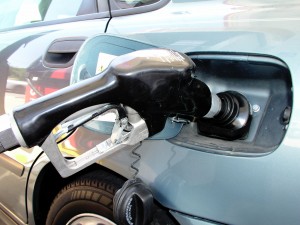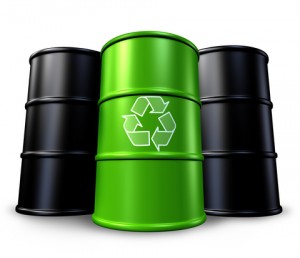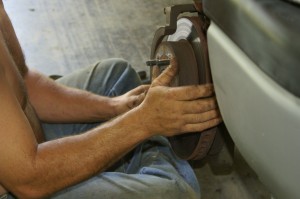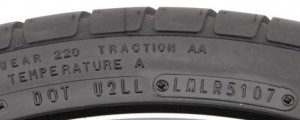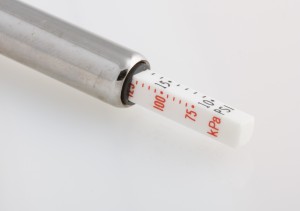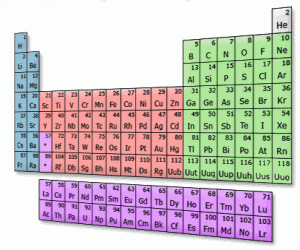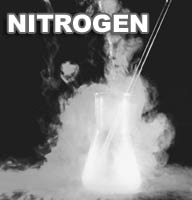The holiday season is one week away, where we will be spending more time driving to visit family and friends, to do our Christmas shopping, or maybe to take a vacation. With all that going on, are there ways to do it all while reducing our gas consumption and saving a little money? Turns out there are, and here are five things that you can do to save gas, to save money, and get all your holiday things done at the same time.
- Avoid carrying unneeded items in the trunk. An extra 100 pounds can reduce a car’s fuel economy by one to two percent. Plus, you might want to make room for those gifts you need to buy, and hide until Christmas morning.
- Consider consolidating your trips, as it can save you time as well as gas and money. Going to both the mall and the grocery store can not only save on all those things, but would also make a good cover for your Christmas shopping. If anyone asks, you spent a lot of time in line waiting for that perfect, delicious Christmas ham.
- Don’t idle, even if it’s just for a short period. Idling for one minute uses up more fuel than shutting off the car and restarting it. Understandably, with winter coming, it would be warmer to keep the car on. However, if you’re going to be stopped or parked, even for just a few minutes, consider turning off the car and going somewhere warm for those few minutes.
- Choose a less congested route. Those routes with heavy traffic and lots of traffic lights aren’t the best on fuel efficiency. Finding a less congested route might be harder to find as everyone gears up to head to the malls and to spend the holidays with families and friends, but consider the possibility that the shortest route to your destination might not be the most fuel efficient.
- Make sure your tires are the proper tire pressure. A single tire underinflated by 2 PSI increases fuel consumption by one percent. Now, imagine that you have two, three, or four wheels that are underinflated. That’s a lot of unnecessary fuel consumption! If you need to get your tires to the right pressure, consider doing so with nitrogen tire inflation. The practice of putting nitrogen in your tires has been proven to improve fuel efficiency and to maintain tire pressure for a longer period of time.

